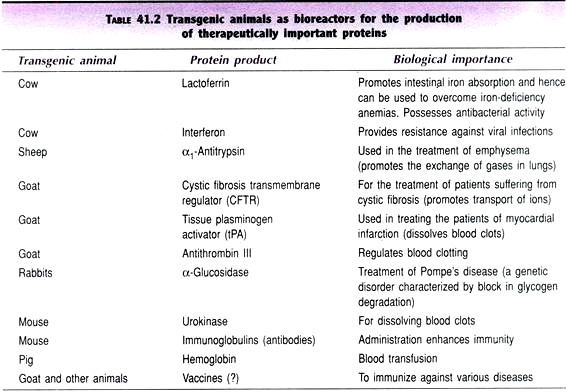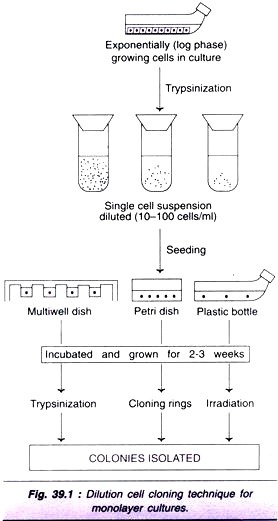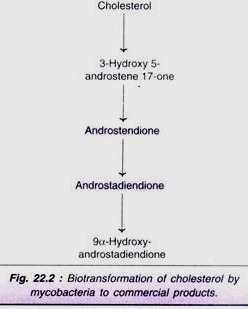ADVERTISEMENTS:
Designing wildlife corridors can be an arduous task. There is no set prescription on design parameters and adopting the right strategy depends on a multitude of factors which include species requirements, geographical setting, land availability, and human interference amongst other things.
Literature in this area is scant and at best posits panoptic best practice guidelines.
While there seems to be broad understanding and agreement on useful principles in designing wildlife corridors, there are no universally applicable rules that can be applied without modification to diverse corridor scenarios.
ADVERTISEMENTS:
A scrutiny of literature in this area brings out empiric guidelines and significant concerns while designing corridors.
Bond (2003) lists the following broad guidelines with reference to design of wildlife dispersal corridors:
i. The corridor should be as wide as possible. The corridor width may vary with habitat type or target species, but a rule of thumb is about a minimum of 1,000 feet wide (but larger if possible).
ii. Maintain as much natural open space as possible next to any culverts to encourage the use of the culverts.
ADVERTISEMENTS:
iii. Maximize land uses adjacent to the corridor that reduce human impacts to the corridor (Beier and Loe, 1992). Isolation effects along corridors can be offset by having surrounding habitat similar to that found within corridors (Perault and Lomolino, 2000).
iv. Do not allow housing or other impacts to project into the corridor to form impediments to movement and increase harmful edge effects.
v. If housing is to be permitted next to the corridor, put conservation easements on adjacent lots to prohibit structures nearest the corridor.
vi. Develop strict lighting restrictions for the houses adjacent to the corridor to prevent light pollution into the corridor. Lights must be directed downward and inward towards the home.
Stenseth and Lidicker (1992) refer to three types of movements and habitats in corridors (Table 2 and 3).
McKenzie and Bio (1995) suggest the following important parameters in designing corridors (other references below are as cited in McKenzie and Bio, 1995).
ADVERTISEMENTS:
I. Habitat:
The extent to which the corridor will be used by dispersers depends on the habitat within the landscape. The habitat within the corridor must be connected by ‘high quality’ habitat that provides for survival and reproduction. ‘Suitable habitat’ patches should be continuous and movement is not hindered by presence of gaps (Lovejoy et al., 1986; McEuen, 1993). Studies on several species of rodents have shown that there is a strong tendency to remain within suitable habitat while dispersing.
II. Corridor Shape:
Linear corridor shape was found to be superior than other shapes (Soule and Gilpin, 1991).
ADVERTISEMENTS:
III. Corridor Width:
Minimum corridor widths may be estimated using home range data of target species. If the corridor is to contain enough suitable habitat for the target species to permanently occupy the corridor, then the corridor width should be at least one home range wide and contain home ranges that are designed to be rectangular and twice as long as wide (Harrison, 1992).
IV. Corridor Length:
Corridors may be narrower than the minimum width as described above if they are less than one home range in length to facilitate passage to dispersers without foraging (ibid.).
ADVERTISEMENTS:
V. Corridor Location:
It is important to align corridors with other habitat suitable for the species (ibid.).
VI. Landscape Context:
Context may be important. In a study of arboreal marsupials, it was found that corridors that included variety of topographic positions—like gullies and ridges—supported a greater abundance of animals and higher species diversity (Lindenmayer and Nix, 1992).
ADVERTISEMENTS:
VII. Human Activities:
Intensity of human activities will determine the effectiveness of the corridor. In this context type and extent of human activities—like livestock grazing, intrusion by dogs, human presence etc.—inside and adjacent to the corridor will have an important bearing (Harrison, 1992). Corridor design can include buffer zones to reduce or mitigate undesirable human activities.
Horn (2003) has designed corridors to connect forest patches in South Australia’s green triangle plantations. Horn suggests that varying the width along longer corridors, in particular by creating ‘nodes’ may also improve their viability and reduce edge effects on target species.
The value of suitable habitat has been again underlined in this study which proposes that corridor value decreases with length and as access to native vegetation decreases, potential use of corridor is also reduced. Corridors 40 m and 80 m wide were found to be suitable in this case. Plat (2002) suggests some broad wildlife corridor design principles (Table 4).
Some important points that need to be highlighted from the above principles include the stress on the need to conserve native vegetation, inclusion of buffers, consideration for edge effects, provision of ‘stepping stones’ and integration of nature conservation areas with surrounding land use.


